Tiputini Biodiversity Station
This research hub in the Amazon Rainforest is perched amid one of the world's most biologically diverse landscapes.
Vibrant birds and chatty primates flit between the snarls of branches that form the higher canopies. Insects buzz through the air, while spiders weave their tapestries among branches or burrow beneath the soil. Larger animals, like giant anteaters, capybara, and tapir roam the ground. Even predators like the elusive black jaguar lurk just out of sight.
From its perch along the shores of the Tiputini River, the Tiputini Biodiversity Station offers researchers an unparalleled place to conduct their studies of the Ecuadorian Amazon Rainforest. It’s located inside one of the most biologically diverse environments in South America, if not the world.
The biodiversity station’s remote location, coupled with the lack of local large mammal hunting, make it a prime spot to view animals that typically can’t be seen elsewhere. An immeasurable number of creatures live in the area surrounding the station, though most will only become visible long enough for viewers to snag a fleeting glimpse.
The nearby water also boasts a high volume of fascinating fauna. Pink dolphins, black caiman, stingray, and piranhas are but a small sample of the animals that live within the river, which streaks through the landscape like a muddy stain. The plants, too, are their own trove of diverse treasures. The Yasuni Biosphere Reserve has more than 1,500 species of flora per hectare. Many of the plants are medicinal, and have been used by indigenous healers and shamans for thousands of years.
The station was established within the Yasuni Biosphere Reserve in 1995, as a joint project between the Universidad de San Francisco de Quito and Boston University. Though it is primarily used by researchers, it also serves as an education center.
Know Before You Go
Groups of students or other visitors are welcome to stay at the remote station—in fact, 85 percent of its visitors are organized student groups. Those who do make the trek into the rainforest will find one main two-story research lab, a handful of secondary labs, and even a smattering of cabins containing bunk beds.

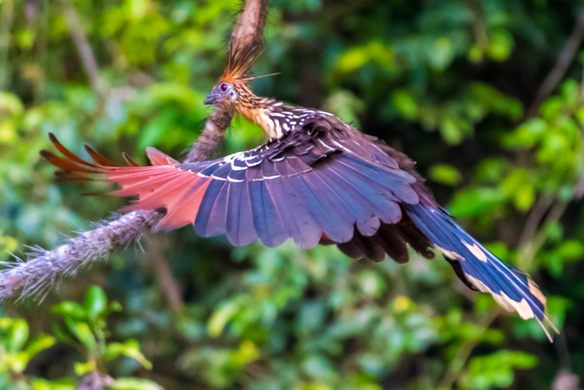
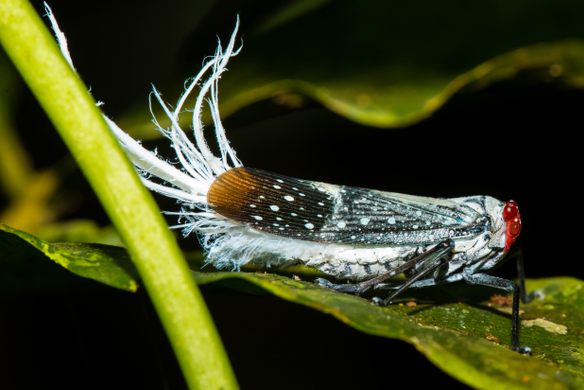
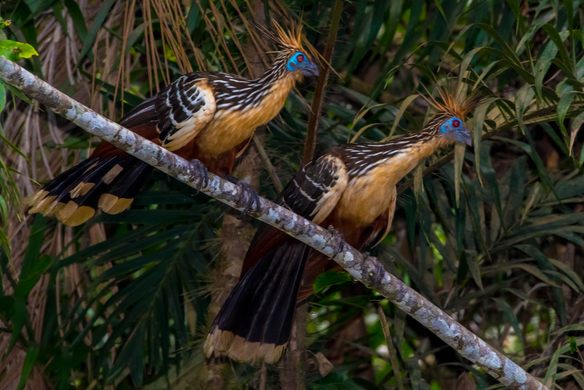
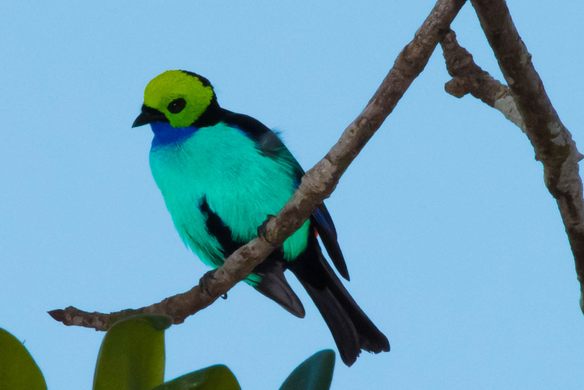
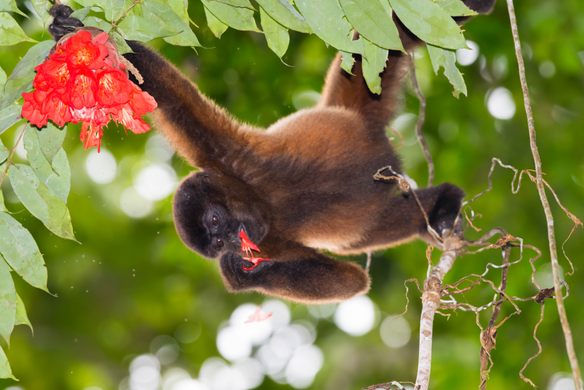
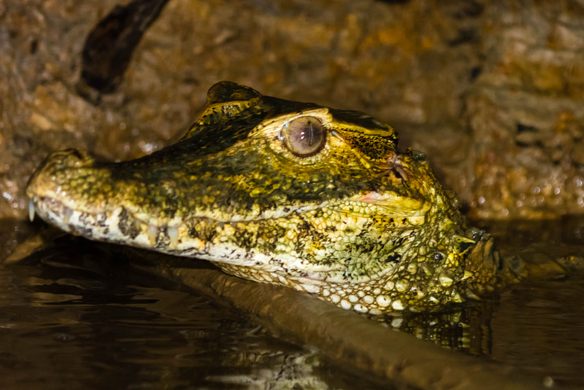
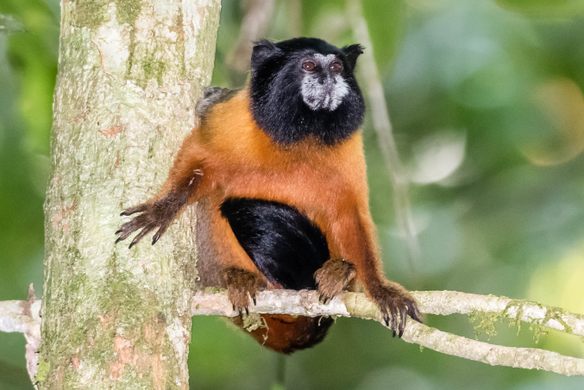






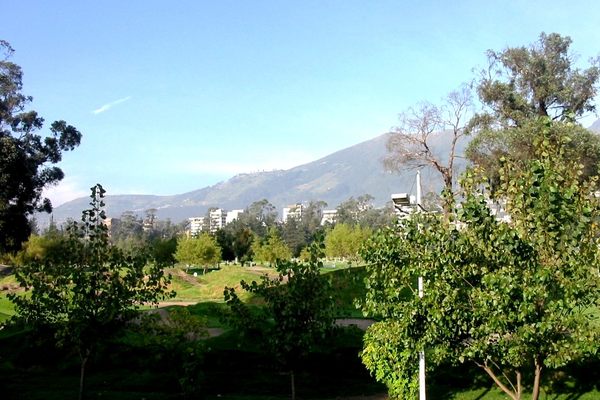
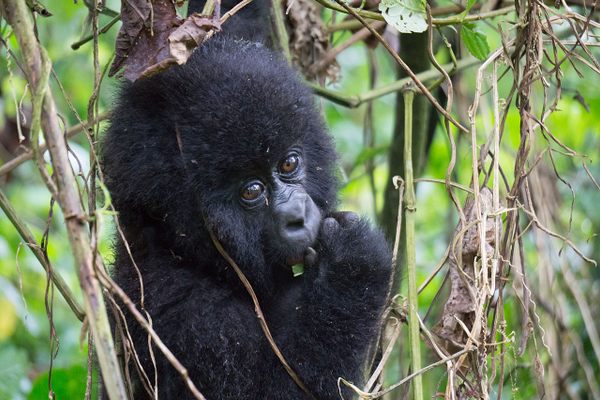
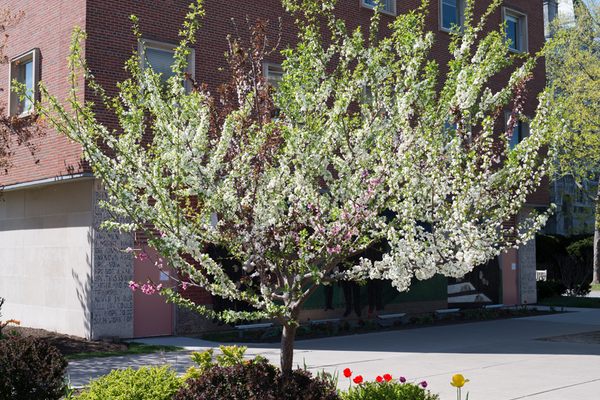

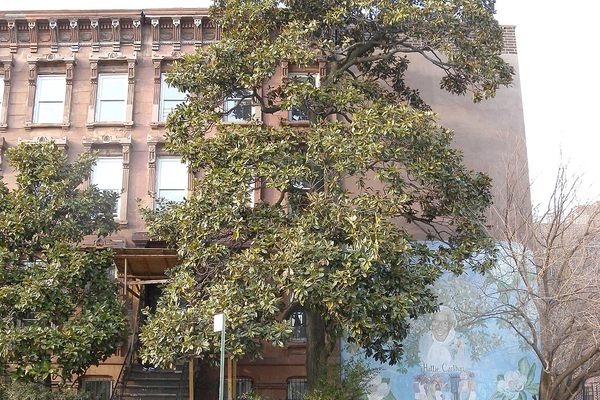

Follow us on Twitter to get the latest on the world's hidden wonders.
Like us on Facebook to get the latest on the world's hidden wonders.
Follow us on Twitter Like us on Facebook